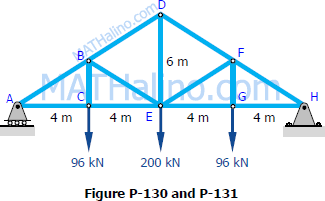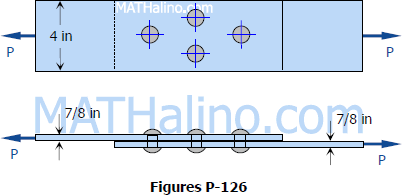Spacing of Rivets or Bolts in Built-Up Beams
When two or more thin layers of beams are fastened together with a bolt or a rivet so that they act as a unit to gain more strength, it is necessary to design the to size or spacing of these bolts or rivets so that it can carry the shearing force acting between each adjacent layers.
- Read more about Spacing of Rivets or Bolts in Built-Up Beams
- Log in to post comments


